Germany AwSV List of published WGK classifications updated
On 20 September 2022, the German Ordinance on Facilities Handling Substances That Are Hazardous to Water (AwSV) List of published water hazard class (WGK) classifications was updated. The following substances were newly assigned a WGK:
-
2-Propenoic acid, 2-methyl-, C9-18-alkyl esters, homopolymers (average MW 77000 g/mol)
WGK 1 (slightly hazardous to water)
-
WGK 1 (slightly hazardous to water)
-
Nonylphenol, ethoxylated, sulfate, EO 4, ammonium salt (average molar weight 485 g/mol)
WGK 1 (slightly hazardous to water)
-
Titanium, particle size < 1 mm
WGK nwg (non-hazardous to water)
-
WGK 2 (obviously hazardous to water)
-
(2,4,6-Trioxo-1,3,5-triazine-1,3,5(2H,4H,6H)-triyl)tri-2,1-ethanediyl triacrylate
WGK 2 (obviously hazardous to water)
-
Glycerol, propoxylated, esters with acrylic acid, reaction products with diethylamine, PO 1 – 6.5
WGK 1 (slightly hazardous to water)
-
WGK 3 (highly hazardous to water)
-
Fatty acids, C16-18 and C18-unsatd., Me esters, sulfurized (average molecular weight 1072 g/mol)
WGK 1 (slightly hazardous to water)
-
Fatty acids, C8-10, polymers with adipic acid and trimethylolpropane (average mw 1270 g/mol)
WGK 1 (slightly hazardous to water)
-
WGK 1 (slightly hazardous to water)
-
Polymer with 2-decyloxiran, 2-methyloxirane and polytetrahydrofuran (average MW 3500 g/mol)
WGK 1 (slightly hazardous to water)
-
Reaction mass of decyl acrylate and octyl acrylate
WGK 2 (obviously hazardous to water)
-
WGK 1 (slightly hazardous to water)
-
Polymer with decyloxiran, 1,2-epoxybutane and polytetrahydrofuran (average MW 7000 g/mol)
WGK 1 (slightly hazardous to water)
-
(2,2-Dimethyl-1,3-dioxolan-4-yl) methyl prop-2-enoate
WGK 2 (obviously hazardous to water)
-
1,12-Dodecylbisphosphonic acid
WGK 1 (slightly hazardous to water)
-
Reaction products with Triethylene glycol and 3-Aminopropyltriethoxysilane
WGK 1 (slightly hazardous to water)
-
(R*, R*) – 1,4-Dimercaptobutane-2,3-diol
WGK 2 (obviously hazardous to water)
-
WGK 1 (slightly hazardous to water)
-
N-[4-[[(2-amino-3,4,5,6,7,8-hexahydro-4-oxo-6-pteridinyl)methyl]amino]benzoyl]-L-glutamic acid
WGK 1 (slightly hazardous to water)
-
WGK 2 (obviously hazardous to water)
-
WGK 1 (slightly hazardous to water)
-
WGK 1 (slightly hazardous to water)
-
WGK 1 (slightly hazardous to water)
-
1H-Benzotriazole, compound with 2-aminoethanol
WGK 2 (obviously hazardous to water)
